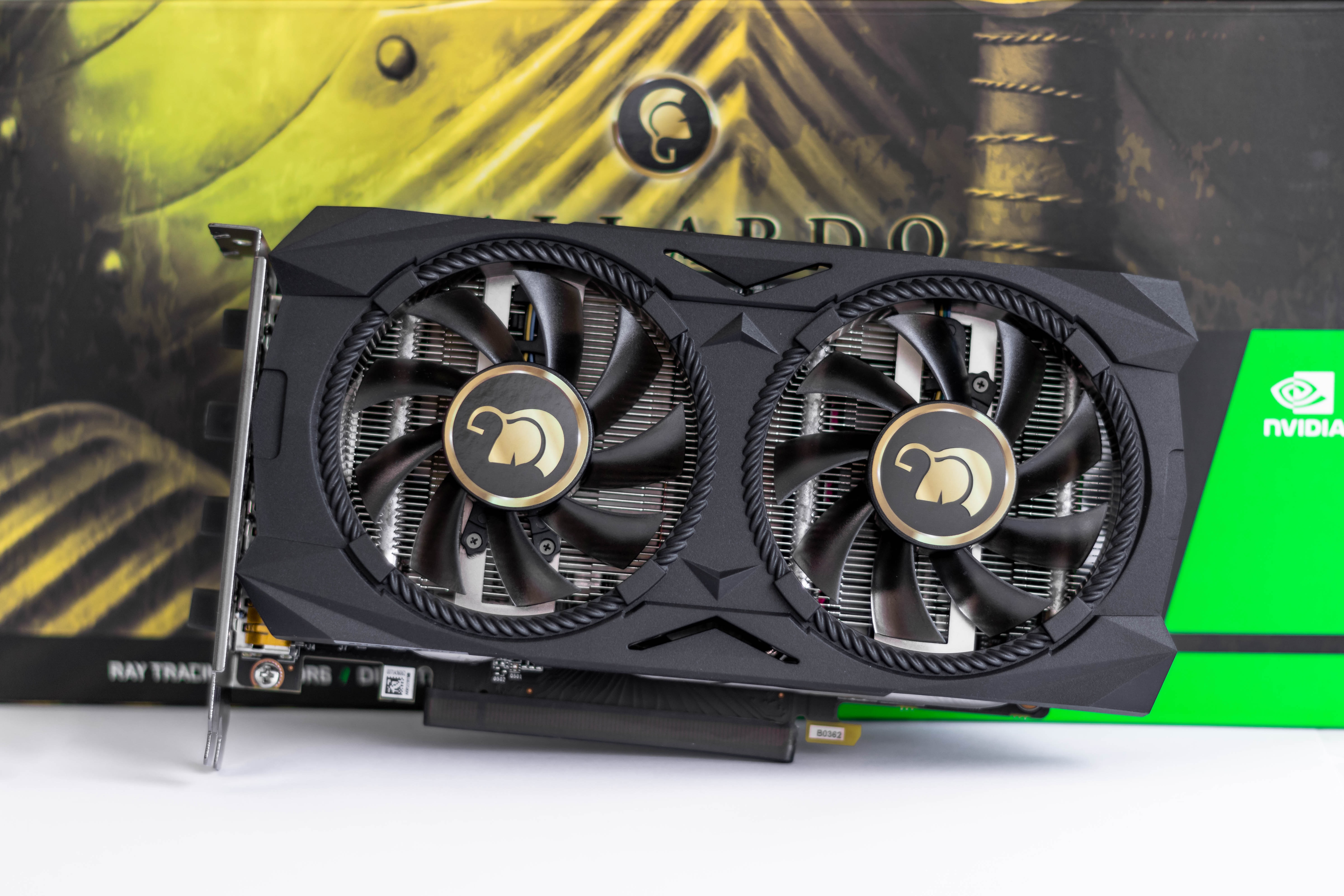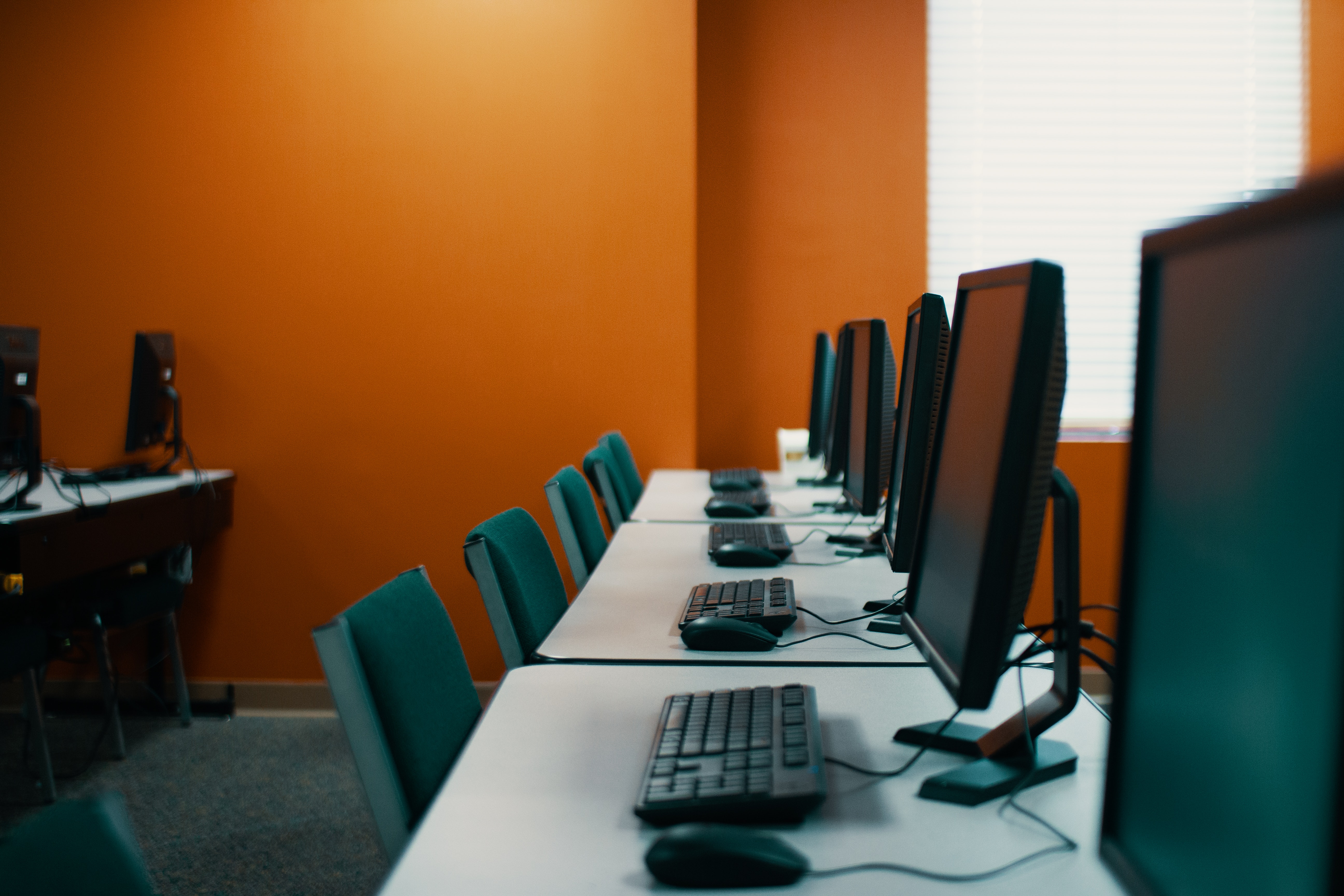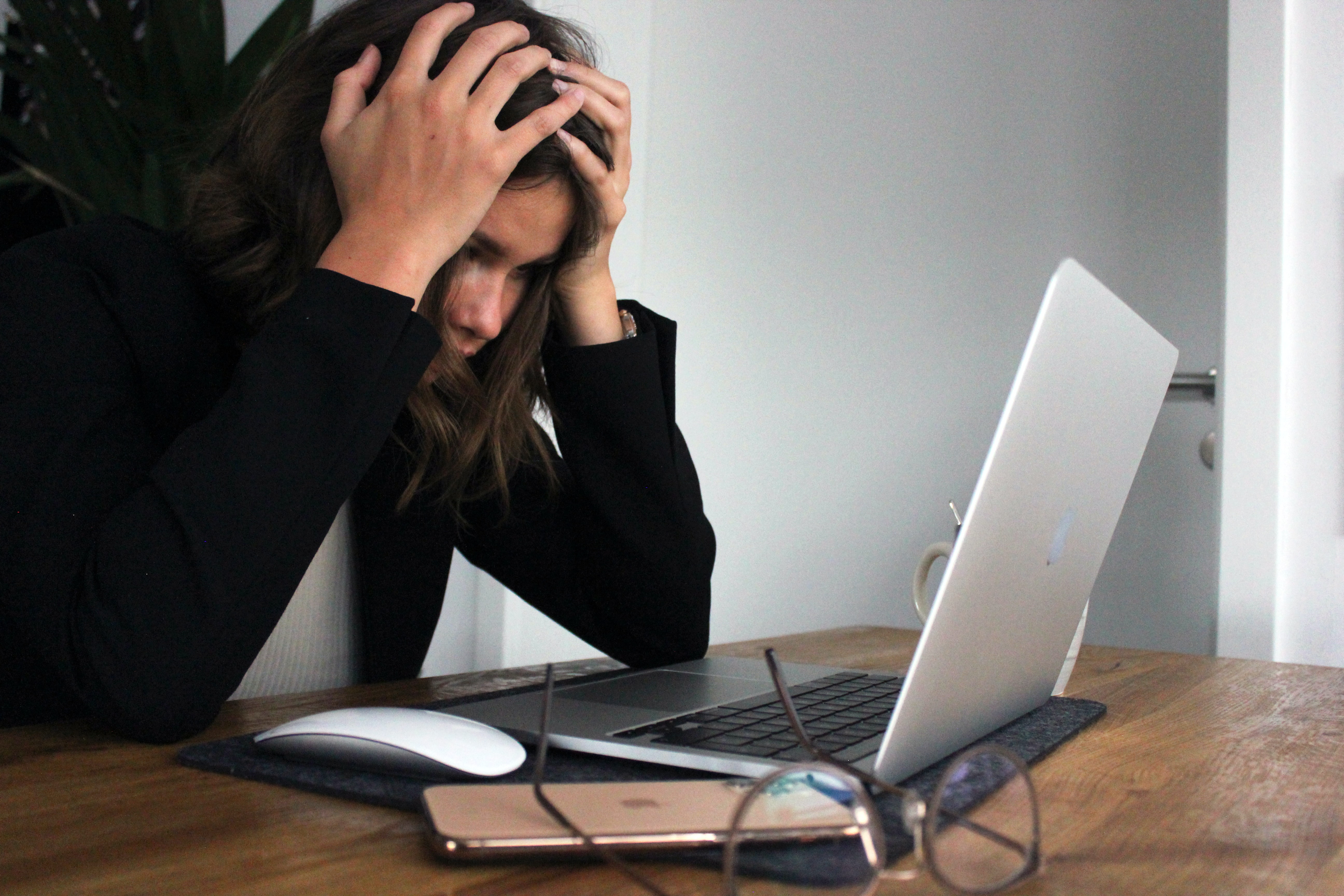Contents
Do Computer Viruses Lead to Black Screens?
Yes, Viruses can lead to black screens. However, most computers don’t actually come with viruses installed on them. Instead, viruses are created by hackers who try to infect other computers. A virus is a malicious code that replicates itself and spreads to other computers. Once infected, a computer becomes part of a botnet, where thousands of computers work together to spread spam emails or perform other harmful activities.
Most computers don’t come with viruses installed on their hard drives. Instead, hackers create viruses using special software called malware. Malware is a combination of two words: “malicious” and “software”. Malware creates viruses that replicate themselves and spread to other computers.
Malware doesn’t necessarily mean a computer is infected with a virus. It just means that the hacker used malware to create a virus. Most malware comes in the form of spyware, adware, and trojans. Spyware is software that gathers information about a person without their knowledge. Adware is software that shows advertisements on web pages. Trojans are programs that hide on a computer and secretly monitor activity.
Some viruses can cause a black screen. These include boot sector viruses, boot sector worms, boot sector rootkits, and boot sector trojans. Boot sector viruses are ones that affect the operating system files located at the beginning of the disk drive. Boot sector worms are ones that attack the boot sector of the hard drive. Boot sector rootkits are ones that modify the boot sector of the disk drive. And boot sector trojans are ones that hide inside the boot sector of the computer.
If a computer has been infected with a boot sector virus, the computer won’t boot up. The only way to fix the problem is to reformat the hard drive. If a computer has been infected by a boot sector worm, the computer will crash every time it boots up. There’s no known solution to stop the infection. If a computer has had its boot sector modified by a boot sector rootkit, the computer will never boot up again.
There are several ways to prevent a computer from being infected with a boot sector worm. One method is to install anti-virus software. Another method is to keep the computer updated with security patches. Yet another method is to remove unnecessary programs from the computer.
Another way to prevent a computer from having a boot sector virus is to back up the computer regularly. Backups are essential because they save the day should something happen to the computer.
Trojan horses are another way to prevent a computer’s boot sector from being modified. Trojan horses are programs that look harmless, but once activated, they do things like steal passwords, change file permissions, delete files, or even take over the computer.
To protect against trojans, you need to stay vigilant. You should scan for suspicious emails and websites. You should also update your browser frequently. Finally, you should avoid downloading anything from unknown sources.
Indications Of A Black Screen
Another possibility is that your computer has become corrupted by a virus. There are several types of viruses, including Trojan horses, worms, spyware, and adware. These programs can cause problems ranging from minor annoyances to major disasters.
You should scan your computer regularly using anti-virus software. If you find anything suspicious, remove it immediately. Also, keep your operating systems updated.
- A computer display shows nothing at first but then suddenly appears to be blank.
- When you run a certain program, your computer’s entire screen may display an error screen or an alert message saying “Error” or something similar.

What Causes A Black Screen?
Damaged Video Card
A damaged video card can cause a black screen on your computer. You’ll notice a flickering light on the screen, followed by a blank screen. There are several reasons why a video card might become damaged. One reason is overheating. Another possibility is that the power supply isn’t supplying enough electricity to the video card.
You should try repairing the problem yourself if you suspect that the video card is damaged. However, if you’re not comfortable doing so, you can bring your computer to a local repair shop.

Damaged Cables
Sometimes, the cables connecting your computer to the wall socket may become damaged. You’ll notice that the computer won’t start up properly. Instead, you’ll only see a blank screen.
The cables connecting the computer to the wall socket shouldn’t be damaged. The plastic jacket surrounding the cable should be intact. If the plastic jacket isn’t intact, then there’s a possibility that the cable itself is damaged.

Overheated Computer Parts

A lot of times, computers will start acting weird after being left idle for a long time. You may notice that the mouse pointer freezes, the keyboard stops working, or your browser won’t load any websites. These symptoms usually indicate that your computer is overheating.
However, if you leave your computer unattended for a prolonged period of time, it can cause serious damage to your computer. Overheating causes parts inside your computer to fail, which can lead to permanent data loss and expensive repairs. So it’s important to monitor your computer’s temperature at regular intervals.
To determine whether your computer is overheating, simply open your web browser and navigate to Google.com. Then click on the search bar and enter “temperature”. Next, scroll down until you reach the bottom of the results page. There you’ll find a link titled “Temperature Settings”. Click on the link to view your current CPU temperature.
Once you’ve determined that your computer is overheated, you can begin cooling it off by following these steps:
1. Turn off your computer.
2. Remove the power cord from your computer.
3. Place your hand near the vent closest to where the processor is located.
4. Wait for 5 seconds.
5. Repeat Steps 3 & 4 for the remaining vents.
6. Once you feel comfortable removing your hand from the vent, plug your computer back in.
7. Restart your computer.
8. After restarting, wait 10 minutes before trying to access your computer again.
Complete System Failure
A black screen means that your entire computer system has failed. You’ll need to call a technician to fix the problem. There may be several reasons why your computer is showing a black screen. One common reason is that your hard drive is failing. Another possibility is that your RAM memory is faulty.
You can test your RAM memory by pressing the CTRL+ALT+DEL keys at the same time. If you hear a beep, then your RAM memory is working fine. If not, then you might have a bad memory module.
Another common cause of a black screen is overheating. Overheating occurs when your CPU fan isn’t running fast enough. You can test if your CPU fan is working correctly by holding down the power button until your computer turns off. Then press the power button again and hold it down until your computer starts up again. If you hear a clicking noise, then your CPU fan is working fine.

How To Prevent Black Screens?
Black screens are not only annoying, but they can also cause serious problems if left untreated. Fortunately, there are several simple steps you can take to avoid getting a black screen on your computer.
First, make sure that you have installed the right hardware. You should have at least two video cards, a motherboard, CPU, RAM, hard drive, DVD/CD writer, keyboard, mouse, monitor, speakers and power supply.
Next, update your drivers. Drivers are essential components of any operating system, including Windows. Updating drivers ensures that your computer is always compatible with your hardware.
Finally, don’t open insecure websites or receive emails from strangers. Doing either of those things puts your computer at risk of being infected by malware.
Don’t forget to download updates for your antivirus program as well. Malware can infect your computer without you knowing it. Antivirus programs scan files and folders for malicious code, preventing infections from spreading.
Keep in mind that installing new software on a PC requires certain precautions. Before installing anything, make sure you’re using the most up-to-date version of Windows. Also, make sure you’re downloading the correct file format for your operating system.
Solutions To Prevent Black Screen
Restart
Rebooting your computer should never be taken lightly. However, sometimes a simple restart can solve a lot of problems. Whether you’ve had your computer running for a long time or it’s been acting weird lately, there may be a problem that needs fixing.
Before you start tinkering with any settings or installing software, reboot your computer. A quick restart might be all you need to fix a host of issues on your Windows operating system.
So before you move on to any complex tasks, reboot your PC and try it out. If it doesn’t work, you’ll know right away. And if it does, you’ll save yourself a ton of trouble down the road.

Restart File Explorer
If your desktop or laptop screen goes completely black, then there’s no point in trying to access any files or folders. You’ll only end up frustrated as you have become the victim of the black death screen, black death screen is a situation where you see a black computer screen or black pointer screen with nothing on it and it does not go away easily. Instead, try restarting File Explorer.
Launch the Task Manager by pressing the CTRL+ALT+DELETE keys. Alternatively, head straight to the Start Menu search bar, type in “Task Manager,” and select the best match among the results.
Type in “Explorer.exe” in Create new task dialog box.
Hit enter.
This should fix the black screen issue on your Windows 10 computer. Don’t give up hope if it doesn’t work though; just move on to the next solution.
Black Screen Of Death After Windows 10 Installation

A common problem after installing Windows 10 is the dreaded Black Screen of Death. This occurs if the installation process was interrupted during setup, by a software glitch or maybe the computer reboots without finishing the installation. The screen of death can be seen as a black screen after login. Black login screen caused by the driver issues mostly. There are several reasons why this happens, including:
Setup is still in progress: If you’ve installed Windows 10, but the setup is still in progress, check if the hard disk light is flashing. This means that the installation is still running, but slowly. You may be able to fix this issue by waiting until the installation finishes.
Setup is stuck: If this hasn’t occurred, but the installation is stuck at 0%, you’ll need to perform a repair installation. Follow the steps outlined here to do so.
A device driver has failed: If this has occurred, you’ll need to reinstall the drivers for your motherboard, graphics card, sound card, etc. First, boot the computer into safe mode. Then, open Device Manager and uninstall any devices that weren’t working properly before the crash. Reboot the computer and repeat the process for any new devices that were added since the last time you used the computer. Finally, rerun the Windows update installer.
A Black Screen Following The Windows 10 Update
Windows 10 updates are essential for keeping your operating system secure and stable. Unfortunately, sometimes those updates cause problems. One common problem is a black screen following the update.
First, hold down the power button on your computer until it turns off completely. Then, restart your computer normally.
You may experience a brief delay between turning off the computer and powering it back on. Don’t worry—it’s perfectly normal.
Software Errors

Sometimes, a black screen failure or error can be fixed by updating the software. However, if the issue is related to hardware, then you’ll need to find another way to fix it. Try changing the resolution of the program, or installing a previous version of Windows. If none of those solutions works, then you may need to revert back to an earlier version of Windows.
You should also check the driver errors, if you see any faulty device driver you must use driver updaters because this could be the reason that the older driver version is not working properly with the hardware.
You can also try running the program as an administrator. If that doesn’t work, you may need to update the software.
If none of those solutions works and you still have a black screen error, then it may be time to reinstall the operating system.
Faulty Connection
There are two main causes of the Black Screen. One is a faulty connection between your computer and its display device. The second is a software error.
Before getting too worried, check if both ends of your display port, HDMI, or DVI cables are securely connected. If they’re not, then unplug them and plug them back in again.
You should also try restarting your PC if you’ve tried everything else. You can also run a virus scan and defragment your hard drive.
Overheating

All computers generate heat, You don’t want your computer to overheat, especially since it can damage parts inside the machine. You’ll want to open your computer and clean out the cobwebs, remove any dust, and check that all fans are working properly. If none of those fixes works, then you might have a faulty cooling fan or a faulty component.
If your computer doesn’t seem to be shutting off correctly, you might have a faulty video card or processor. Either way, you’ll want to call tech support to troubleshoot the issue.
Use Safe Mode To Fix The Black Screen Of Death

If your computer is hanging with only a black screen, there may be a hardware problem. You should try restarting the computer and holding down the F8 key or pressing Shift+F8 at startup. If neither of those works, you’ll have to do a bit of troubleshooting.
To access safe mode, hold down the Ctrl and Alt keys and press the F8 key repeatedly until you see the Windows logo. Then click advanced options and select troubleshoot. Next, click restart and wait for windows to load. After loading, click advanced options and select safe mode. Then reboot the computer once more.
Once you’ve successfully entered safe mode, open the device manager and expand display adapters. Right-click on the adapter that says unknown and disables it. Then restart the computer and hopefully, you won’t encounter any problems anymore.
You might not be able to enter safe mode if you’re unable to do so using either method above. If that’s the case, you’ll have to perform another round of troubleshooting. First, close out of the window and open task manager. Then find the process named explorer.exe and end its processes. Finally, restart the computer and hope for the best.

